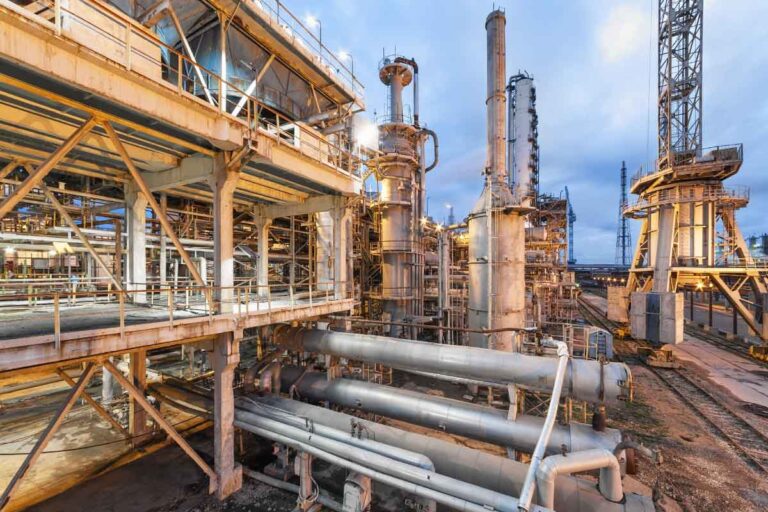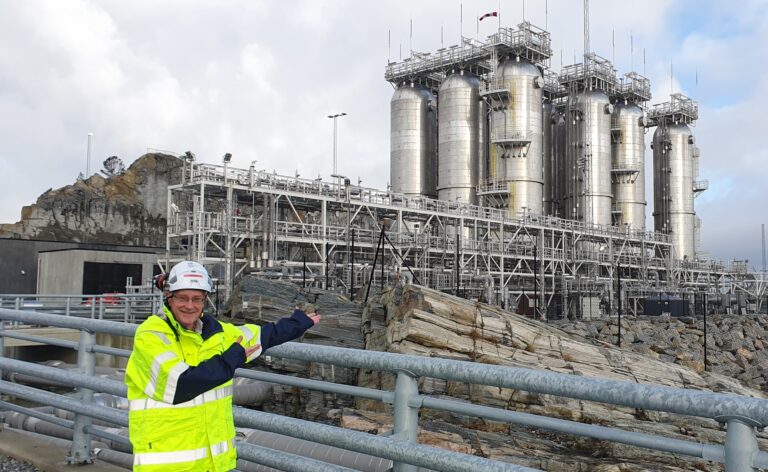
IEAGHG Report – Classification of total storage resources and storage coefficients
22 January 2024

The classification, quantification and categorisation methodologies of CO2 storage resources have become more sophisticated and aligned with the requirements of operational storage with the CO2 Storage Resources Management System (SRMS) becoming the industry standard. With around 97% of global storage being prospective, quick screening solutions are often employed and require a storage co-efficient ‘E’. ‘E’ has complexity and some disparity in its calculation which can lead to differing maximum theoretical storage quantities.
This latest IEAGHG study, undertaken by the British Geological Survey, explores storage resource classification schemes and their evolution in understanding, the calculation of storage resources and the storage coefficient.
The study begins with a summary of the main methods of calculating CO2 storage resources in both saline and depleted hydrocarbon reservoirs; how these resources are classified, and the schemes and thinking have been refined over time leading to the SRMS. The study also outlines how these methods have been applied to national programs for cataloguing CO2 storage resources. The storage efficiency coefficient and previous modelling work were also reviewed and summarised and key parameters which influenced the modelling in this study were identified.
Storage efficiencies are then calculated in two ways, firstly by using time-lapse seismic data from three CO2 storage projects (Sleipner, Snøhvit and Ketzin) and secondly by dynamic flow modelling (designed based on parameters identified from previously published studies) investigating the impact of structure, injection rate, water production and hysteresis on the resulting storage efficiencies over the span of a 30-year injection period and 70-year post-injection period.
Analytical modelling work was then applied, calculating storage coefficients across a wide parameter space. This may be useful for assessing sites at low storage readiness levels where large amounts of site-specific data are not yet available. Analytical expressions for the storage coefficient were derived for simple models of CO2 injection for a flat and dipping caprock and compared with case studies and numerical modelling results.
IEAGHG are pleased to publish an up-to-date review of storage resource calculation and classifications that in the absence of reservoir simulation at the site scale can guide stakeholders involved with resource estimation.
Download the ReportOther articles you might be interested in
Get the latest CCS news and insights
Get essential news and updates from the CCS sector and the IEAGHG by email.
Can’t find what you are looking for?
Whatever you would like to know, our dedicated team of experts is here to help you. Just drop us an email and we will get back to you as soon as we can.
Contact Us NowOther articles you might be interested in
Get the latest CCS news and insights
Get essential news and updates from the CCS sector and the IEAGHG by email.
Can't find what you are looking for?
Whatever you would like to know, our dedicated team of experts is here to help you. Just drop us an email and we will get back to you as soon as we can.
Contact Us Now









